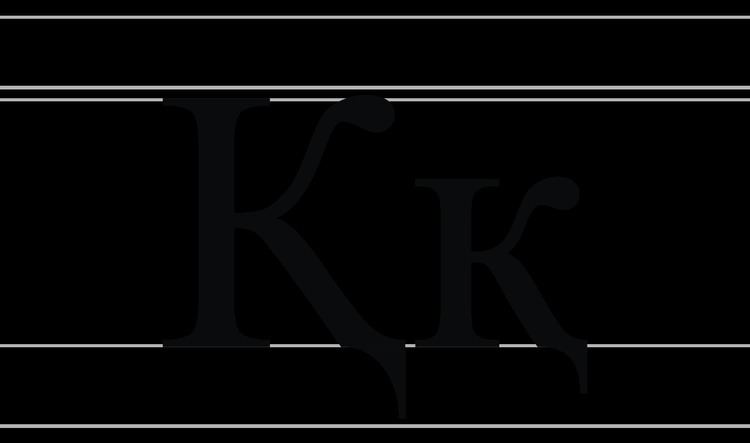Ka with descender (Қ қ; italics: Қ қ) is a letter of the Cyrillic script used in a number of non-Slavic languages spoken on the territory of the former Soviet Union, including:
the Turkic languages Kazakh, Uighur, Uzbek and several smaller languages (Karakalpak, Shor and Tofa), where it represents the voiceless uvular plosive /q/.
Iranian languages such as Tajik and Ossetic (before 1924; now superseded by the digraph ⟨Къ⟩). Since /q/ is represented by the letter ق qāf in the Arabic alphabet, Қ is sometimes referred to as "Cyrillic Qaf".
Eastern varieties of the Khanty language, where it also represents /q/.
the Abkhaz language where it represents the voiceless velar plosive /k/. (The Cyrillic letter Ka (К к) is used to represent /kʼ/.) It was introduced in 1905 for the spelling of Abkhaz. From 1928 to 1938, Abkhaz was spelled with the Latin alphabet, and the corresponding letter was the Latin letter K with descender (Ⱪ ⱪ).
Its ISO 9 transliteration is ⟨ķ⟩ (⟨k⟩ with cedilla), and is so transliterated for Abkhaz, while the common Kazakh and Uzbek romanization is ⟨q⟩.

